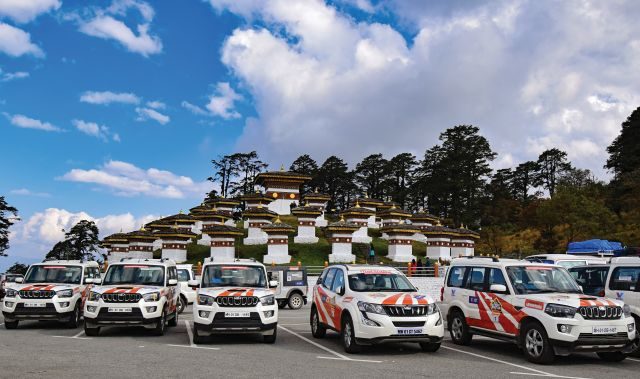
A bunch of enthusiastic people in search of adventure signed up to cross an international border with Mahindra Adventure. We also joined them and spent almost a week in the magical land called Bhutan
Story: Joshua Varghese
Photography: Mahindra Adventure
My line of work is exciting. Very exciting, indeed. Modesty apart, it is one of the best jobs in the world. I get to drive cars of all shapes and sizes, sometimes in exotic locations, sometimes over unyielding terrain. That being said, it is not always easy. Sometimes I run against the clock, take a few risks; maybe, even push myself. So, when Mahindra Adventure invited Car India to take part in their third “Authentic Bhutan” experience, I went prepared for a week’s worth of hard work.
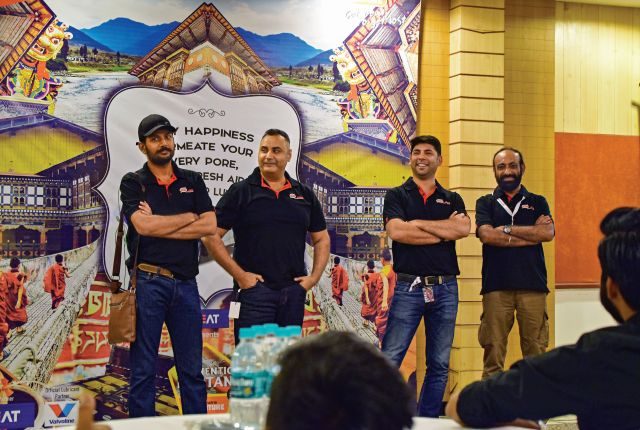
Surprisingly, I never had to push myself, nor did I ever feel anything less than relaxed. In fact, the Authentic Bhutan programme was exactly what it claimed to be: a fully laid-back driving holiday. Driving through the Land of the Thunder Dragon and exploring it was the icing on the cake. This experience could be yours, too, for Rs 2.2 lakh (for two persons). While that money takes care of most of your needs on the trip, including the car and accommodation, it does not cover fuel, tolls, and a few other things (look up mahindraadventure.com).
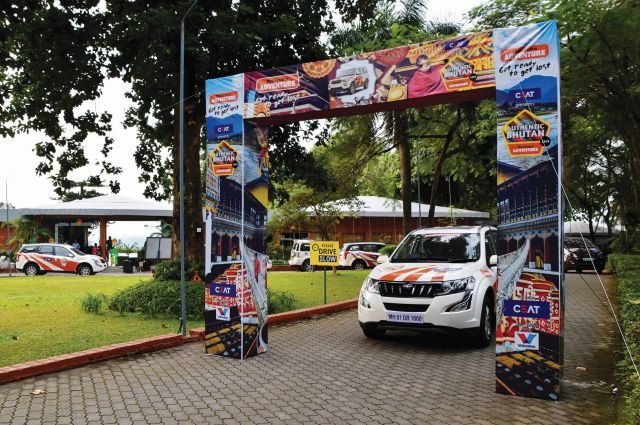
My companion for the trip was a brand-new, top-of-the-line Mahindra Marazzo; the latest to emerge from the Indian manufacturer’s stable. This impressive MPV is powered by a potent 1.5-litre engine that churns out a meaty 300 Nm of torque and 123 PS of power. It is mated to a six-speed gearbox.
Mahindra Adventure equipped all the cars with CB radios, making it a lot easier for us to drive as a convoy. Our car was appropriately christened “Media One” and, for the rest of the trip, the radio became our main source of entertainment. The things people say when they do not realize that their radio is transmitting are truly hilarious.
Day One: Chalsa-Thimphu
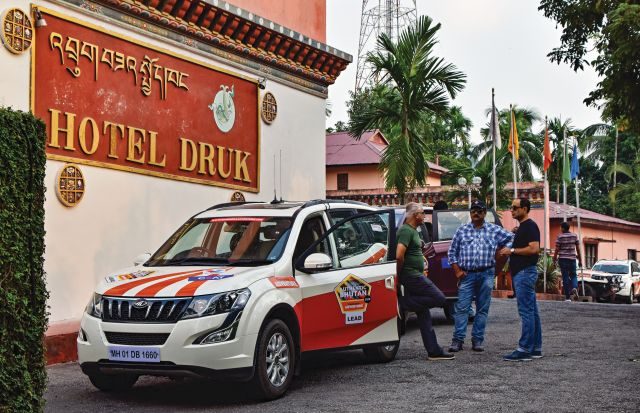
We left Chalsa in West Bengal in the morning, oblivious to the fact that we were going to be bowled over a few hours later. Having braved the chaotic traffic that usually plagues our roads, crossing the border into Bhutan was almost surreal. Our quiet neighbouring country surprised me because there were no blaring horns nor unruly driving. The intrinsic discipline of the Bhutanese folk and a general feeling of calm that lingers in the air greeted us like a shock to the system. Discipline, politeness, and respect for the next person were also evident while I roamed around Pheuntsholing on foot. Traffic comes to a halt when pedestrians line up at a zebra crossing. Cars come to a stop at an intersection without any attempts to mimic Ken Block’s heroics. These are just two of the few things that I would like to practise every day and I hope at least a few of you join me as well.
Once our immigration and vehicle paperwork were taken care of, we left the border town and began our drive towards the capital, Thimphu. Twisty roads and a scenery to die for greeted us briefly before the canopy of the night enveloped it. That reminded me to set my watch to Bhutan time; half an hour ahead of ours. No, I couldn’t see the future. It doesn’t work like that.
Our convoy snaked along the curvy roads in a tight formation, occasionally allowing local traffic to slip through our ranks. We reached Thimphu by night and checked into the beautiful Taj Tashi. (See what I mean about it being a holiday?)
Day Two: Thimphu
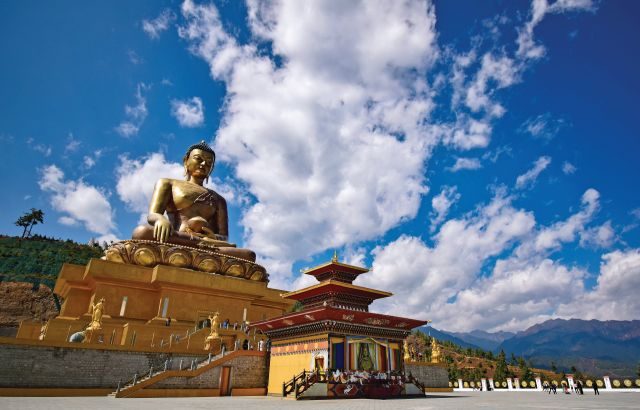
The day’s only agenda was to take in the sights of Thimphu. We left early and made a beeline for the Buddha Dordenma; the largest statue of Buddha in the country. Built in honour of the fourth king of Bhutan, the massive statue stands tall at slightly more than 51 metres; a gargantuan bronze structure gilded with gold. The meditation chamber is about three storeys high and its walls hold 1,25,000 small statues of Shakyamuni, among other beautiful artefacts.
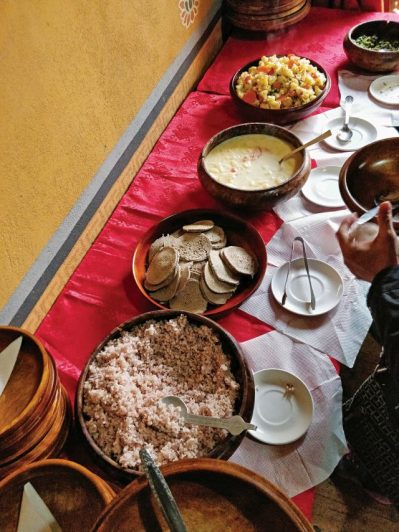
Post sightseeing, we headed to a heritage museum which showcased ancient life in Bhutan and, afterwards, treated ourselves to authentic Bhutanese cuisine. Although the government of Bhutan have not imposed a ban on meat, they do have a law against slaughterhouses which forces them to import meat from their neighbours. Bhutan’s regional cuisine may come across as bland to our taste buds which are used to flavour-intensive Indian menus. On the positive side, since most of their food is not fried or rich in oil, it is extremely healthy. Quite possibly why no one orders Bhutanese takeaways.




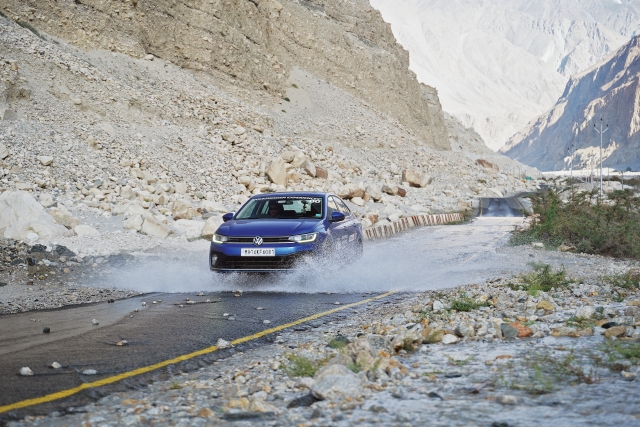
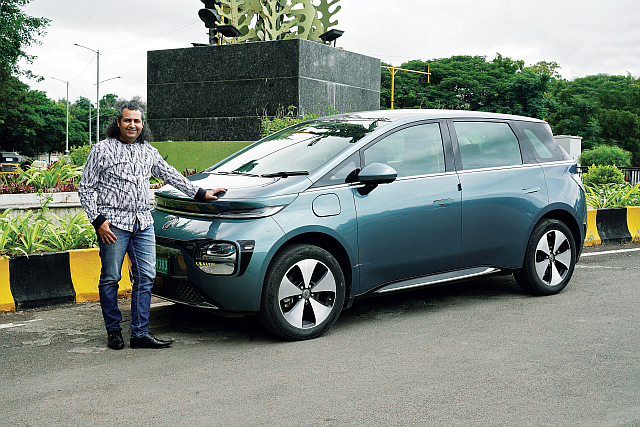

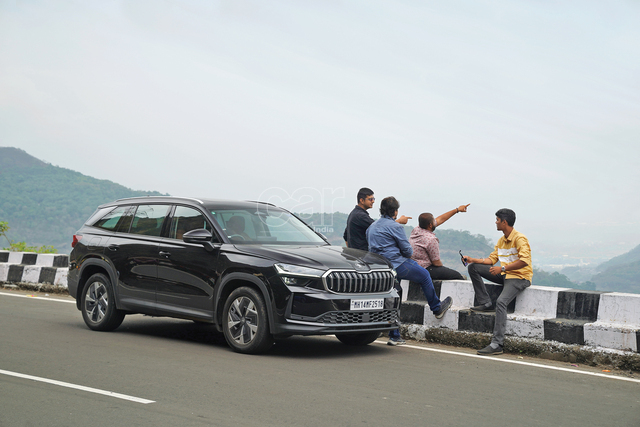


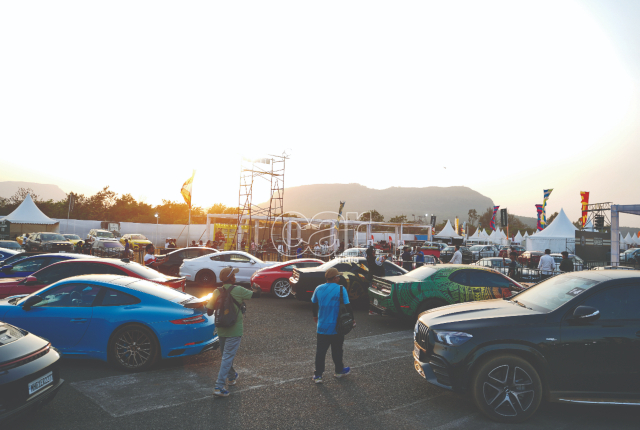

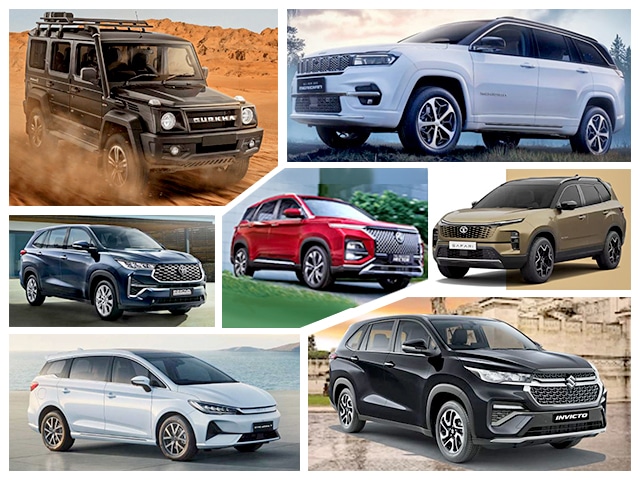
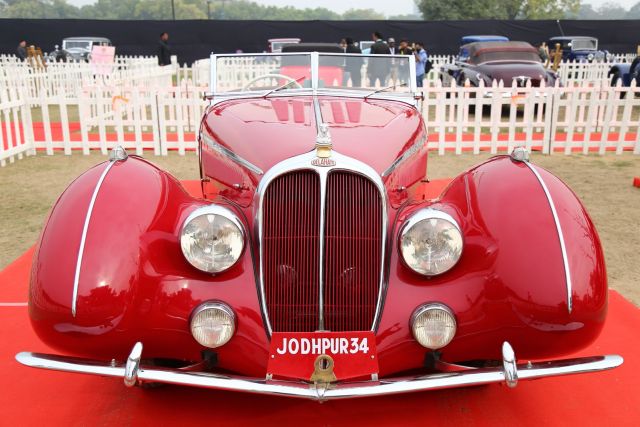
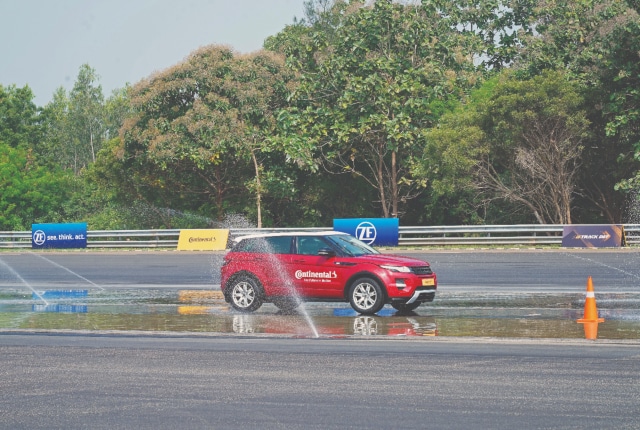

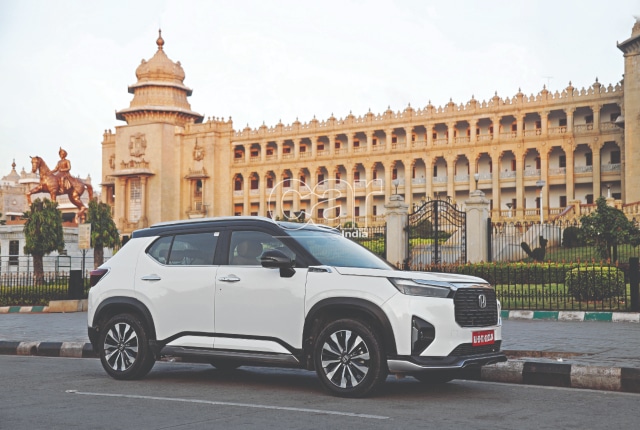
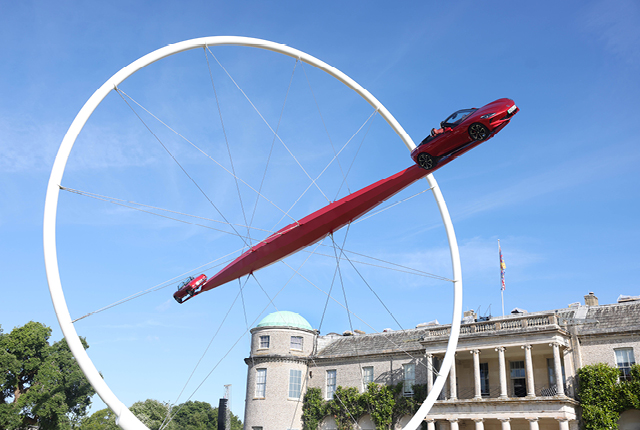




Leave a Reply